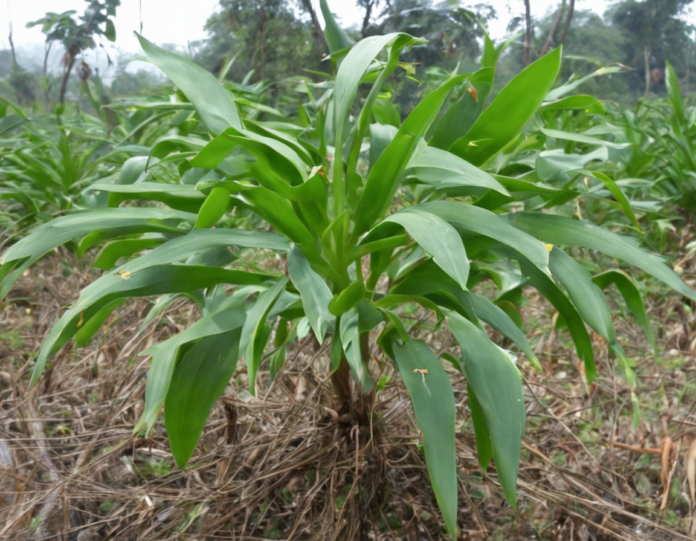Introduction
India is home to a rich diversity of flora and fauna, with over 18,000 flowering plant species. However, many of these plant species are facing the threat of extinction due to various human activities and environmental factors. Endangered plants in India are those species that are at risk of becoming extinct in the near future if immediate conservation actions are not taken.
Causes of Endangerment
1. Habitat Loss
One of the primary reasons for the decline in plant species is habitat loss. Deforestation, urbanization, and agricultural expansion are some of the key factors leading to the destruction of plant habitats. As natural habitats shrink, many plant species lose their homes and struggle to survive.
2. Overexploitation
Unregulated harvesting of plants for medicinal, ornamental, or commercial purposes is another significant threat to endangered plant species in India. The demand for certain plants has led to unsustainable exploitation, putting pressure on already vulnerable populations.
3. Climate Change
Climate change is causing shifts in temperature and precipitation patterns, altering habitats and affecting plant growth and reproduction. Endangered plants that are already living on the edge due to various other factors are now facing additional challenges due to climate change.
4. Invasive Species
The introduction of invasive plant species is a growing concern for native plants in India. Invasive species can outcompete native plants for resources, disrupt ecosystems, and further threaten the survival of endangered species.
Conservation Efforts
Recognizing the importance of preserving India’s botanical heritage, various conservation initiatives have been undertaken to protect endangered plant species. Botanical gardens, seed banks, protected areas, and community-based conservation programs play a crucial role in safeguarding vulnerable plant species.
1. Ex situ Conservation
In response to the threat of plant extinction, ex situ conservation methods have been employed to conserve endangered plant species outside their natural habitats. Botanical gardens serve as living museums, housing diverse plant collections and conducting research on plant conservation and propagation techniques.
2. In situ Conservation
In situ conservation focuses on preserving plant species within their natural habitats. Protected areas such as national parks, wildlife sanctuaries, and biosphere reserves are essential for safeguarding the biodiversity of native plant species. Community participation in conservation efforts is also vital for the long-term survival of endangered plants.
3. Research and Monitoring
Continuous research and monitoring of endangered plant species are crucial for understanding their population dynamics, distribution, and threats. By studying these plants, conservationists can develop effective strategies for their protection and management.
Challenges in Plant Conservation
Despite conservation efforts, several challenges persist in the conservation of endangered plants in India. Lack of funding, limited resources, poor enforcement of laws, and lack of awareness among the public are some of the obstacles that hinder effective plant conservation.
Frequently Asked Questions (FAQs)
1. What are some examples of endangered plant species in India?
Some examples of endangered plant species in India include the Indian Ghost Tree (Davidia involucrata), Kokum (Garcinia indica), Kashmir St. John’s Wort (Hypericum oblongifolium), and the Lignum Vitae (Guaiacum officinale).
2. How can I contribute to the conservation of endangered plants?
You can contribute to the conservation of endangered plants by supporting botanical gardens, participating in volunteer programs, spreading awareness about plant conservation, and avoiding the purchase of products made from endangered plant species.
3. Are there any laws in India to protect endangered plants?
In India, the Wildlife Protection Act of 1972 provides legal protection to endangered plant species by prohibiting their trade, harvesting, and destruction. Additionally, various state governments have their own laws and regulations for plant conservation.
4. Why are plant species important for the environment?
Plant species play a crucial role in maintaining ecosystem balance, providing habitat for wildlife, regulating climate, and purifying air and water. Preserving plant diversity is essential for the overall health of ecosystems and for sustaining life on Earth.
5. How does habitat loss impact endangered plant species?
Habitat loss reduces the available habitat for endangered plant species, fragmenting populations and making them more vulnerable to extinction. When plants lose their habitats, they lose access to nutrients, water, pollinators, and other essential resources needed for survival.

